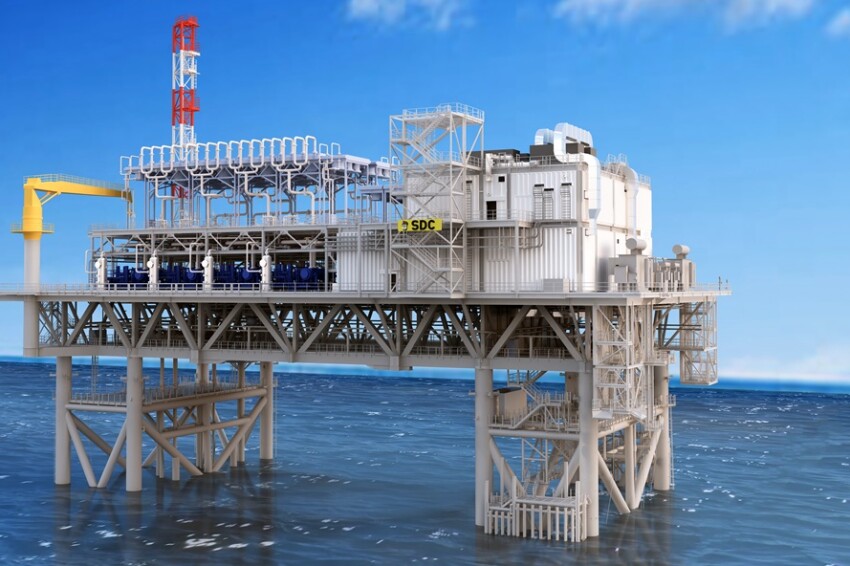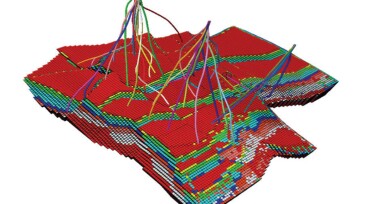Mature fields
BP’s new electric gas compression platform at Shah Deniz, Azerbaijan’s largest natural gas producer, is expected to sustain exports to Europe even as the field enters decline.
ExxonMobil joins BP, Chevron, and TotalEnergies in greenlighting new investment projects in Iraq in 2025 as the government targets oil production of 6 million B/D by 2029.
Intelligent completions could improve many of the world’s oil and gas wells, but not all are suited to the technology. There is another option.
-
The complete paper describes a tool developed to evaluate and characterize thin beds or laminations in a mature offshore field.
-
The highlight of this year’s feature on mature fields and well revitalization has been the increasing use of artificial intelligence (AI) and machine learning (ML) for analysis of mature assets. Many paper proposals studied using AI/ML techniques cover a wide range of topics including optimization of production operations, faster reservoir characterization of mature f…
-
This paper presents a comprehensive comparison of two modeling-based approaches of fluid tracking for condensate allocation and gas usage.
-
A well-pattern-design work flow proved able to identify substantially better patterns than the traditional approach for a giant mature field.
-
The paper evaluates the effect of different injection methods on oil recovery and CO2 storage potential in a depleted sandstone reservoir in the Norwegian Continental Shelf.
-
The authors describe a carbonate reservoir stimulation technique able to deploy acids in the rock far away from the wellbore through mechanically drilled holes with known depths and azimuths.
-
The complete paper reviews the history of enhanced oil recovery and the Scurry Area Canyon Reef Operators Committee, discusses changes in theory over time, and provides a look at the field’s future.
-
In the complete paper, the authors present a novel approach that uses data-mining techniques on operations data of a complex mature oil field in the Gulf of Suez that is currently being waterflooded.
-
The complete paper describes the first implementation of a solution to control fracture height for conventional wells in the Pannonian Basin.
-
The complete paper describes the first successful implementation of natural dumpflooding offshore Malaysia as a case study to provide insight into the value of using the approach to maximize oil recovery in a mature field, particularly in a low-margin business climate.



![JPT_2025-09_GuestEd1_SS_382853197[4].jpg](https://assets.spe.org/dims4/default/b4eb909/2147483647/strip/true/crop/850x478+0+44/resize/320x180!/quality/90/?url=http%3A%2F%2Fspe-brightspot.s3.us-east-2.amazonaws.com%2F8a%2F95%2Fe4e82cb54fd597d497a5b1267f8a%2Fjpt-2025-09-guested1-ss-3828531974.jpg)









